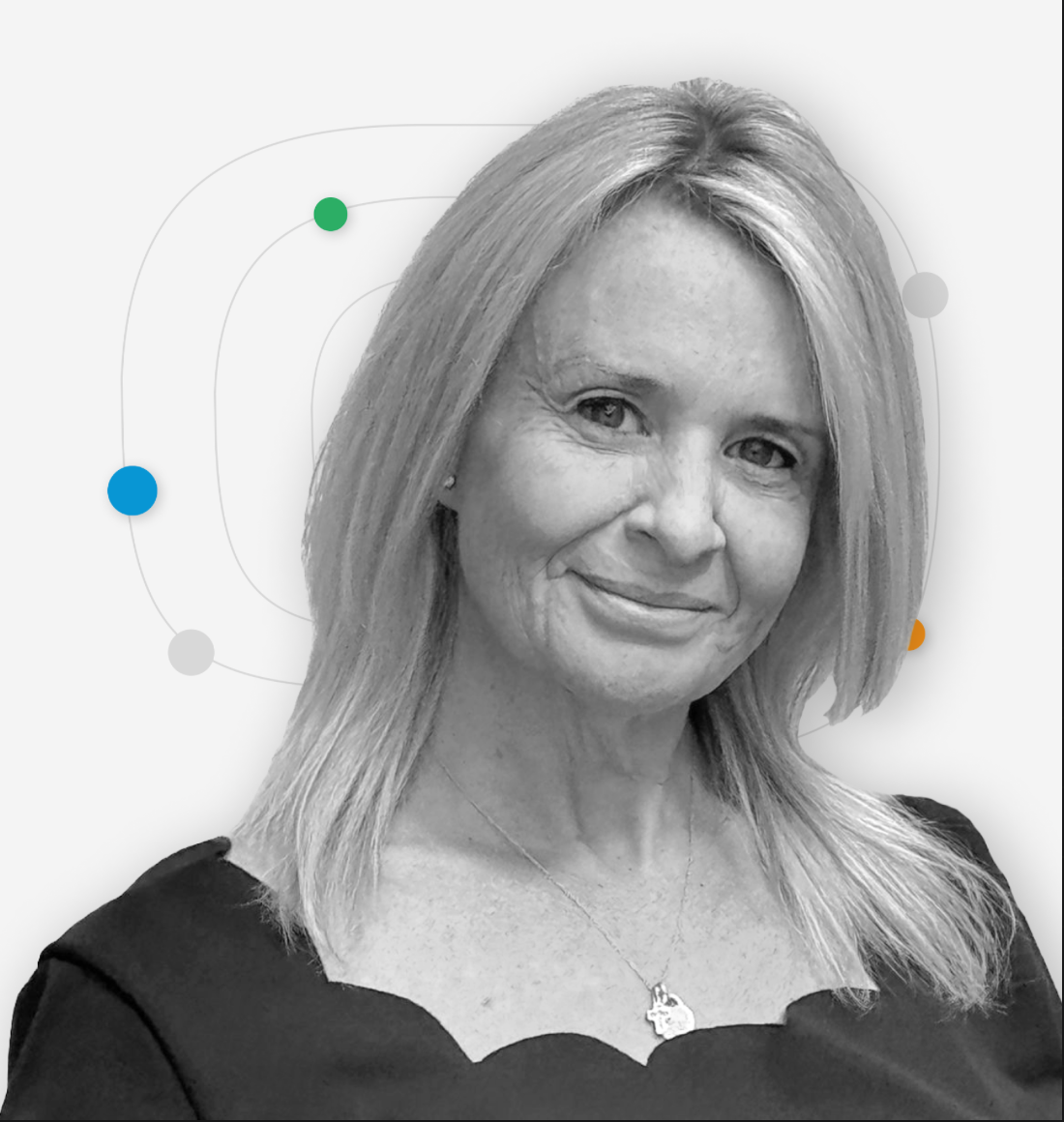Beyond the Sick Role: Why Prevention-Focused Digital Health and Virtual Care Deliver the Highest ROI

What if the biggest return on healthcare investment doesn’t come from treating illness at all - but from preventing it and catching risks before they spiral into crises?
For decades, healthcare has been structured around the “sick role”: people engage with the system when something goes wrong. But two trends have quietly rewritten the playbook.
First came digital wellness - apps and wearables that nudge people to walk more, sleep better, eat smarter, and manage stress. Prevention suddenly became a consumer movement, not just a public health aspiration. Then, accelerated by the pandemic, virtual care moved from “nice-to-have” to essential infrastructure and people now expect healthcare at the same speed and convenience as streaming a movie or ordering groceries.
Both movements are powerful in their own right and both are evolving into the other's space, but here’s the catch: they’ve still evolved in silos. Prevention tools build healthy habits, while virtual care typically helps people when they’re unwell. That's their core business and the real value and true ROI emerges when the two leading propositions are integrated into one seamless, data-informed ecosystem.
Prevention Tools: Proven at Scale
Most people covered by insurance or employee benefits aren’t acutely sick. They’re stressed, sedentary, or slipping into unhealthy habits. That’s where digital tools shine.
A 2023 umbrella review of more than 500 randomized controlled trials found mobile health apps can deliver meaningful behavior change at scale:
- +1,329 steps per day
- +55 minutes of moderate-to-vigorous physical activity per week
- −426 minutes of sedentary time
- −103 kcal daily energy intake
- −1.9 kg average weight (Shi et al., JMIR Public Health and Surveillance, 2023)
Other studies link nutrition apps to reductions in BMI, cholesterol, and blood pressure. That’s population-level prevention, achieved not just with clinical patients, but with the broader, “healthy-but-vulnerable” population.
Virtual Care: No Longer Just for the Sick
Telehealth started as a lifeline for those with chronic disease and rural patients who struggled to access regular care. COVID-19 proved its indispensability, slashing barriers to access and keeping primary care afloat when physical clinics closed.
And the results weren’t marginal. The UK’s landmark Whole System Demonstrator project showed telehealth reduced mortality by 45% and emergency admissions by 20%. More recent analyses confirm reductions in hospitalizations and bed days across multiple countries.
Today, virtual care is also expanding into prevention: sleep therapy, mental health coaching, nutrition counseling, and early screening. It’s no longer just about “seeing a doctor.” It’s about embedding proactive, cost-saving support into everyday life.
Integration: The Real ROI
Digital tools drive awareness and healthy routines. Virtual care adds human expertise, trust, and clinical precision. Together, they deliver exponential value.
- A meta-analysis of behavior change interventions found 62% of multi-component programs (e.g. app + dietitian, wearable + nurse) achieved significant results, versus 36% for digital-only.
- In England, GP practices using e-consult triage saw patient satisfaction leap from 73% to 88% in two years, proving digital access doesn’t just improve efficiency - it boosts engagement.
This is where partnerships matter most.
The Power of Partnership
No app can replace clinical care. No doctor can scale the way digital engagement can. But together? They can rewire healthcare.
That’s why collaborations like Abi and dacadoo are so powerful. Abi brings next-generation virtual care - on-demand, AI-powered, and globally scalable, and dacadoo brings world-leading digital health engagement and lifestyle navigation.
Imagine the synergy:
- Digital insights informing care decisions in real time
- Virtual clinicians reinforcing healthy behaviors at critical moments
- Seamless, prevention-focused support embedded into insurance and employer ecosystems
For insurers, employers, and policymakers, the ROI is clear: lower costs, healthier populations, and happier members.
Conclusion
Higher healthcare ROI won’t be achieved by choosing between prevention and treatment. It will be achieved by connecting them.
Digital tools act as the “front door,” encouraging engagement and nudging better choices. Virtual care adds the trusted human layer that drives clinical impact. Hybrid models combine the scale of technology with the nuance of human care, delivering healthier outcomes at lower cost.
It’s time to move beyond the sick role and build ecosystems where prevention and care work hand in hand. The partnerships that make this possible won’t just change healthcare - they’ll change lives.
Emma Hickey,Director, Global Partnerships and APAC GrowthWith over three decades of experience in Life, Health, and Protection Insurance, Emma brings deep expertise in claims management, product design, and digital health ecosystems. She has worked across multiple international markets — including nine years in Asia leading the Regional Health Business for a global reinsurer, as well as significant roles in Latin America and the Middle East. Partners benefit from her comprehensive industry knowledge and global perspective, particularly at the intersection of insurance and digital health innovation.


